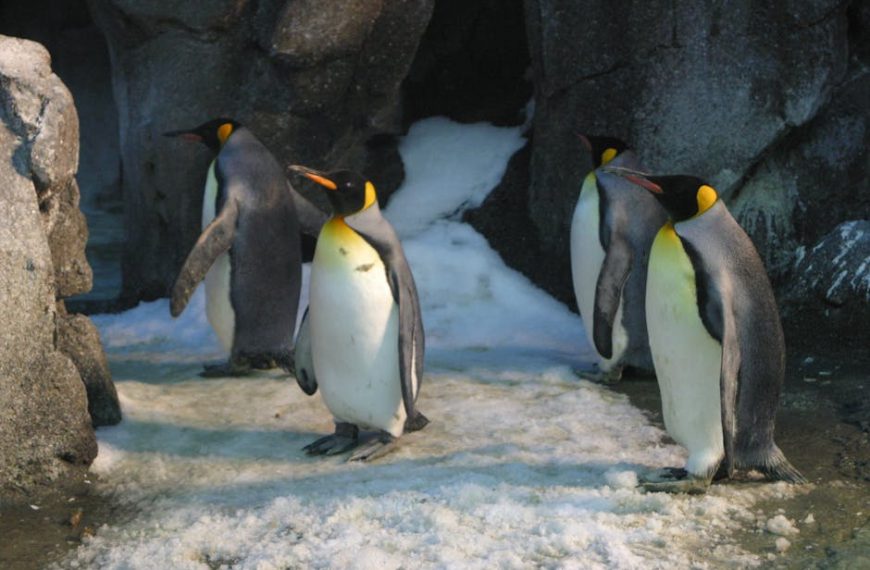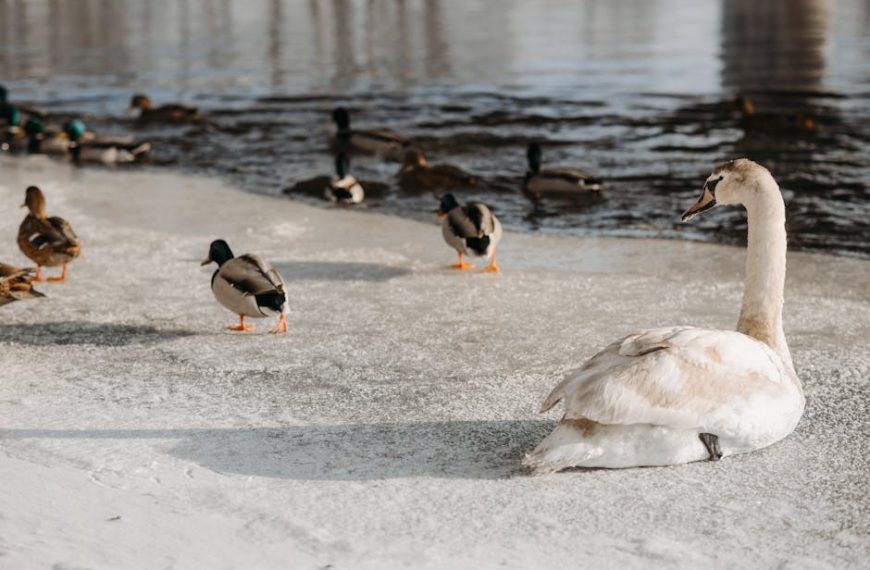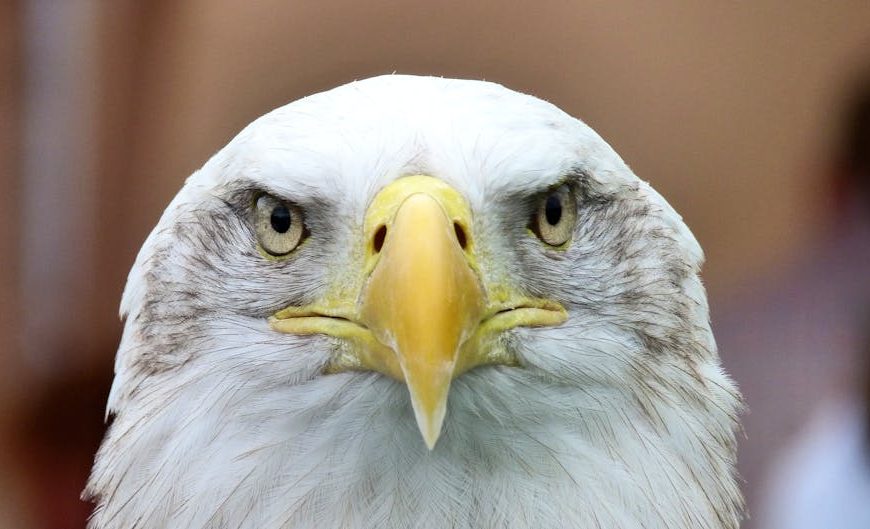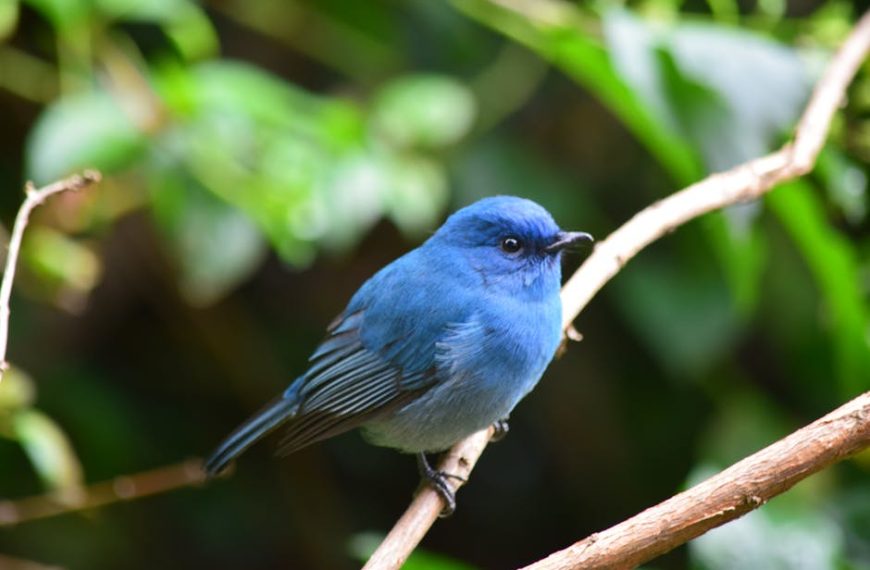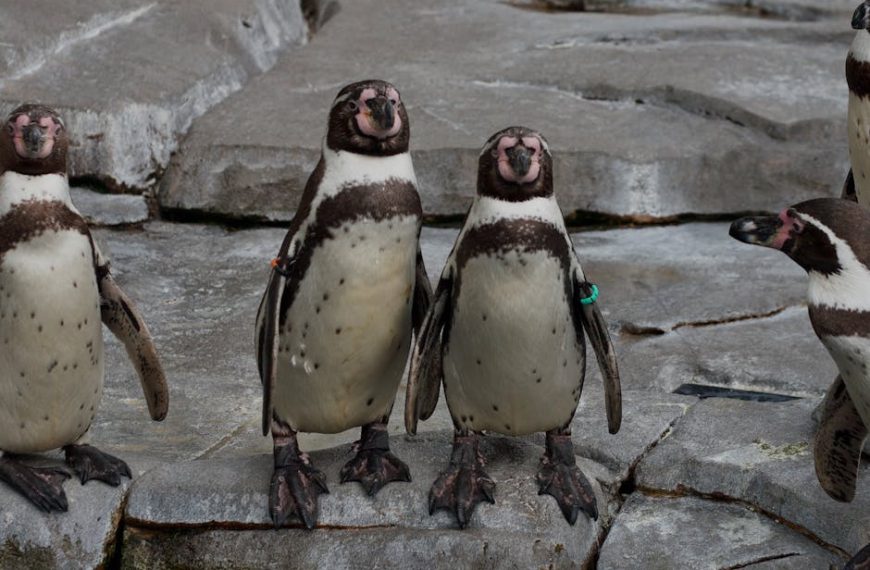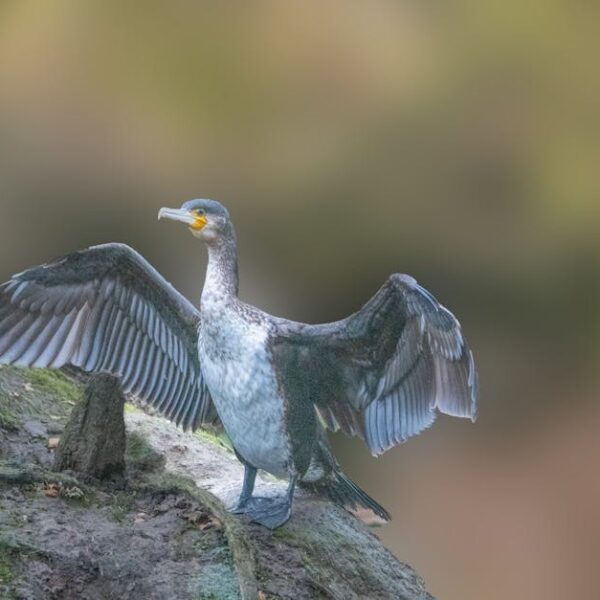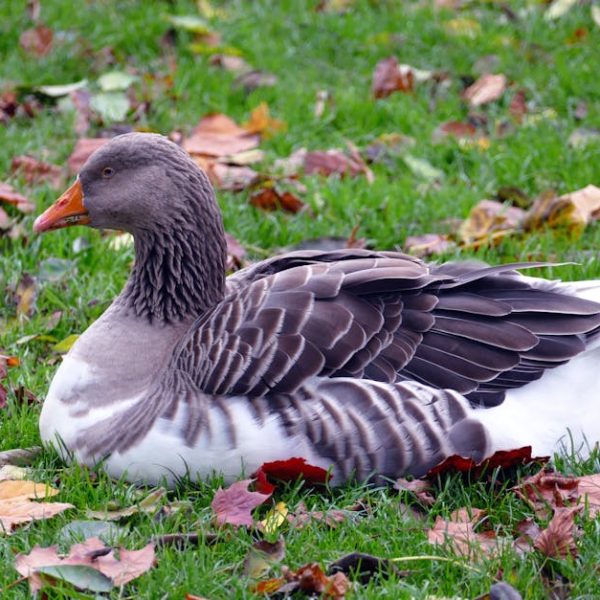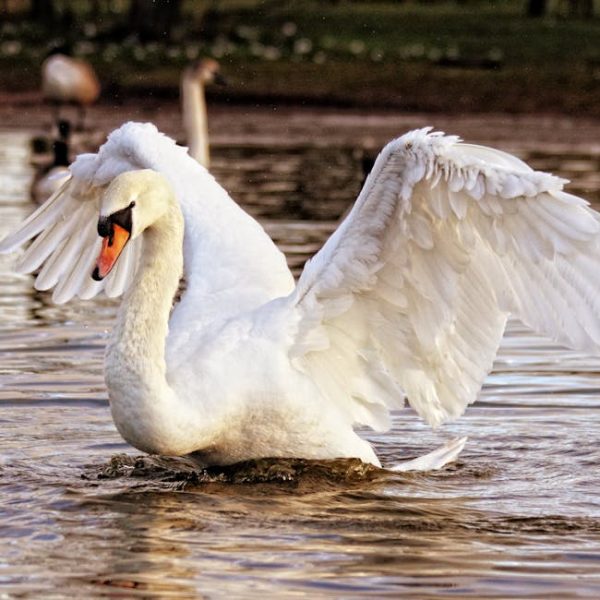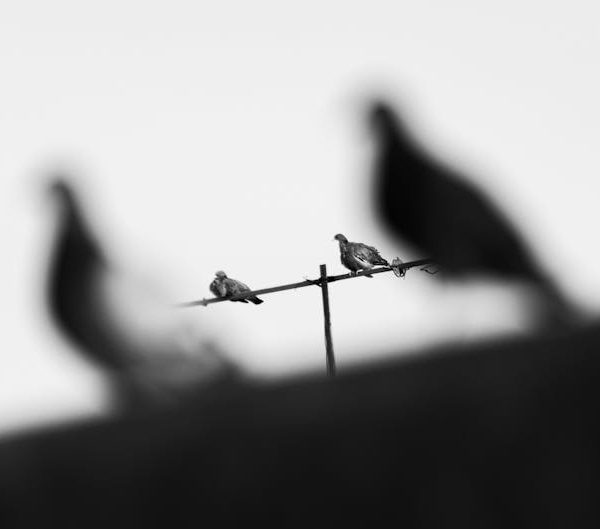One of nature’s intriguing acts is the sight of a bird shaking its tail feathers. It’s more than just a captivating display; this action serves essential functions across many bird species.
The Biological Perspective: How Birds’ Behavior Connects with Their Anatomy
Birds are remarkably adapted creatures, with their unique anatomy playing a key role in tail feather shaking.
Birds’ Unique Anatomy
Feathers are integral components of a bird’s anatomy. Composed of keratin – the same protein found in human hair and nails – feathers vary in structure, size, and function across species. They are ingeniously designed for flight, insulation, and signaling. Tail feathers, in particular, act as rudders, assisting birds in maintaining balance and changing direction during flight.
The process of preening helps birds keep their feathers in prime condition. But when dirt or parasites lodge into hard-to-reach places, shaking comes to the rescue. Powerful tail shakes help to dislodge such unwanted elements, ensuring the health and functionality of a bird’s plumage.
Biological Reasons for Tail Feather Shaking
A key biological reason for tail shaking is thermoregulation — maintaining body temperature. When a bird flicks its tail, this action can function as a cooling-off mechanism. Quick shakes help to increase air circulation and promote heat loss, especially in warmer climates.
The Role of Bird Communication in Tail Feather Shaking
Birds, like many other animals, have an intricate visual language to communicate.
Birds’ Visual Communication
Birds don’t rely on vocalizations alone to send messages. They often use visual cues – including tail movements – to convey different messages. For instance, a rapidly shaking tail can signal alertness or curiosity.
Signaling in Birds
Tail feather shaking also works as a distress signal. Flicking or flaring tail feathers serves as a warning to fellow birds about the presence of predators or other threats. This behavior is particularly prevalent within flock species as it serves the survival of the group.
In the next sections, we’ll delve deeper into the emotional and social implications of tail feather shaking and touch on how environmental aspects affect this behavior. Each of these components presents another puzzle piece in understanding why birds shake their tail feathers. Although the reasons may vary from species to species, one thing is certain: it is an essential and extraordinary feature of our feathered friends.
Reflection of Birds’ Emotional State: A Deeper Insight into their Behavior
Just as humans express emotions through subtle bodily cues, so do birds. Experts believe that bird behaviors like preening, bathing and more notably, tail feather shaking, may strongly reflect their emotional state.
Linking Behavior to Emotion
Birds aren’t capable of facial expressions like humans are, but that doesn’t mean their feelings aren’t perceptible. Their emotional states often translate into physical actions, one of which is tail feather shaking. For example, excitement can result in quick, repeated tail flicks, while fear or stress could make a bird fan out and shake its tail feathers in an attempt to look bigger and more threatening to potential predators.
Interpreting Birds’ Emotional Cues
Whilst specific cues can differ across bird species, here are some general pointers:
- Continuous quick shaking usually implies excitement or anticipation.
- Slow, deliberate shaking could represent curiosity or attention.
- Vigorous shaking accompanied by other defensive postures usually signals stress or fear.
Understanding the Role of Tail Feather Shaking in Birds’ Social Interaction
The social dynamic amidst birds can be greatly exhibited through behaviors like tail feather shaking.
Social Interactions among Birds
Within a multi-bird environment, tail shaking can denote many things. A bird might shake its tail to signal its social stature or group unity. Tail shaking is also heavily used during inter-species interactions and communal displays.
Courtship Display
During the breeding season, tail feather shaking takes on a whole new meaning. It plays a vital role in courtship displays, where birds shake and flaunt their tail feathers to attract a mate. It’s more than just about the colors; the manner and vigor of the shake also factor into how attractive the bird seems to its potential partner.
The Impact of Environmental Factors on Tail Feather Shaking Behaviour
Bird behavior is not just influenced by biological and social factors; it can also be greatly affected by the environment.
Role of Climate
Bird behaviour, including tail shaking, may be influenced by the climate or change in weather. For example, some birds shake their tail feathers before or after preening to realign their feathers, a behavior that can be increased during rainy weather to get rid of excess moisture.
Influence of Surroundings
Birds in the wild versus captivity may exhibit different tail-shaking behaviors. Birds in captive settings may resort to it more frequently due to stress or boredom. Alternately, birds in the wild may use tail shaking to spread scent markings or during aggressive territorial disputes.
In conclusion, tail feather shaking in birds is a complex, multifaceted behavior that can communicate a vast range of messages, from maintaining bodily functions to signaling social cues. Understanding these intricacies allows us to appreciate these fascinating creatures even more. By studying and observing, we can uncover the hidden meanings behind each shake, flick, or flutter, enabling a more profound connection to the avian world.
Key Takeaway:
- Birds’ unique anatomy, especially the structure of their feathers, assists them with cleaning, balancing, signaling and shaking is key to dislodge any unwanted material.
- Tail feather shaking has a role in thermoregulation, helping birds maintain their body temperature.
- Birds use tail shaking as a form of communication, alert for danger, and signal their emotional states.
- In a social context, tail shaking can signal birds’ social status, denote group unity and play a crucial role in courtship displays.
- Environmental factors such as climate and surroundings can influence the frequency and nature of tail feather shaking.
In understanding the complex nature of tail feather shaking, we can appreciate birds’ intricate communication processes and their adaptation to various environments. Encouraging us to foster a deeper love and respect for our feathery friends, understanding this behavior enriches our connection with them.
FAQs
Q: Do all bird species shake their tail feathers?
A: Most bird species display some form of tail feather shaking, but the purpose and frequency may vary depending on the species.
Q: Can we determine a bird’s health by observing its tail shaking behavior?
A: While unusual or excessive tail shaking could potentially indicate distress or ill-health, it would be best to consult a bird expert or veterinarian for precise diagnosis.
Q: Can human interaction affect a bird’s tail shaking behavior?
A: Yes, handling birds or making sudden movements around them can trigger defensive tail shaking due to stress or fear.
Q: Could there be differences in tail shaking behavior between male and female birds?
A: Some species might exhibit varying tail shaking behaviors based on gender, especially during courtship rituals and breeding seasons.
Q: Is tail shaking a learned behavior in birds?
A: While certain behaviors are learned, tail shaking likely is an instinctive behavior, inherent to birds for functions like thermoregulation, communication, and cleaning.
Take the time to share this article with fellow bird enthusiasts and do explore more enlightening posts on our website.

